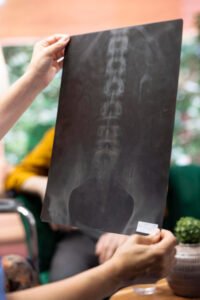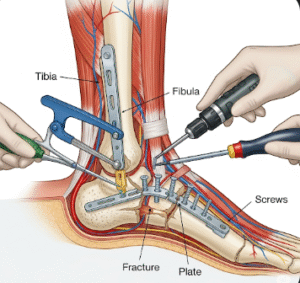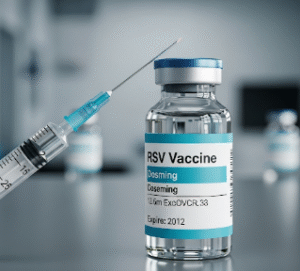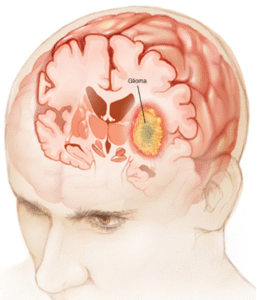Overview
Essential tremor (ET) is a neurological disorder characterized by involuntary, rhythmic shaking, most commonly affecting the hands, arms, head, or voice. It is one of the most prevalent movement disorders worldwide and can affect daily activities such as writing, eating, or holding objects. South Korea offers specialized neurology and movement disorder clinics to help manage symptoms and improve quality of life.
What is Essential Tremor?
Essential tremor is a progressive movement disorder caused by abnormal activity in certain areas of the brain, particularly the cerebellum, which controls coordination. Unlike Parkinson’s disease, ET primarily causes action tremors—shaking during voluntary movement—rather than resting tremors. The exact cause is unknown, but genetics often play a significant role.
Symptoms
- Rhythmic shaking of hands or arms, especially when performing tasks
- Tremor in the head, voice, or legs in some cases
- Difficulty with fine motor skills (writing, buttoning clothes, using utensils)
- Tremor may worsen with stress, fatigue, caffeine, or certain medications
- Often progressive, with symptoms increasing over years
Causes
- Genetic predisposition: Often inherited in an autosomal dominant pattern
- Abnormal brain activity: Particularly in the cerebellum and its connections
- Age-related changes: Risk increases with advancing age
- Unknown triggers: Environmental and lifestyle factors may exacerbate tremor
Risk Factors
- Family history of essential tremor
- Age over 40 (although ET can appear in younger adults and children)
- Stress or anxiety, which can worsen tremors
- High caffeine intake or certain medications
Complications
- Difficulty performing daily tasks and maintaining independence
- Social embarrassment or anxiety due to visible tremor
- Impaired writing, eating, and self-care
- Secondary musculoskeletal issues from compensatory movements
Prevention
- No known way to prevent ET, but early diagnosis and lifestyle management can reduce severity
- Limiting caffeine and stimulants
- Managing stress through relaxation techniques
- Regular monitoring by a neurologist
Treatment Options in Korea
South Korea offers a range of medical and supportive treatments for essential tremor, combining neurology expertise, medication, and therapy:
- Diagnosis
- Detailed patient history and neurological examination
- Tremor evaluation during rest, action, and postural positions
- Blood tests to rule out other causes
- Imaging (MRI or CT) in atypical cases
- Medication
- Propranolol: Beta-blocker commonly used to reduce hand tremor
- Primidone: Anticonvulsant effective for tremor control
- Other medications: Gabapentin, topiramate, or benzodiazepines in select cases
- Therapies
- Occupational therapy for improved daily functioning
- Physical therapy for coordination and strength
- Adaptive devices for writing, eating, and other activities
- Surgical Options
- Deep Brain Stimulation (DBS): Implanted electrodes target the thalamus to reduce severe tremor
- Focused Ultrasound Thalamotomy: Non-invasive procedure available in select Korean centers for unilateral tremor
- Follow-Up Care
- Regular neurologist visits to adjust medication and monitor progression
- Lifestyle counseling to reduce tremor triggers
- Support groups for coping and psychological support













